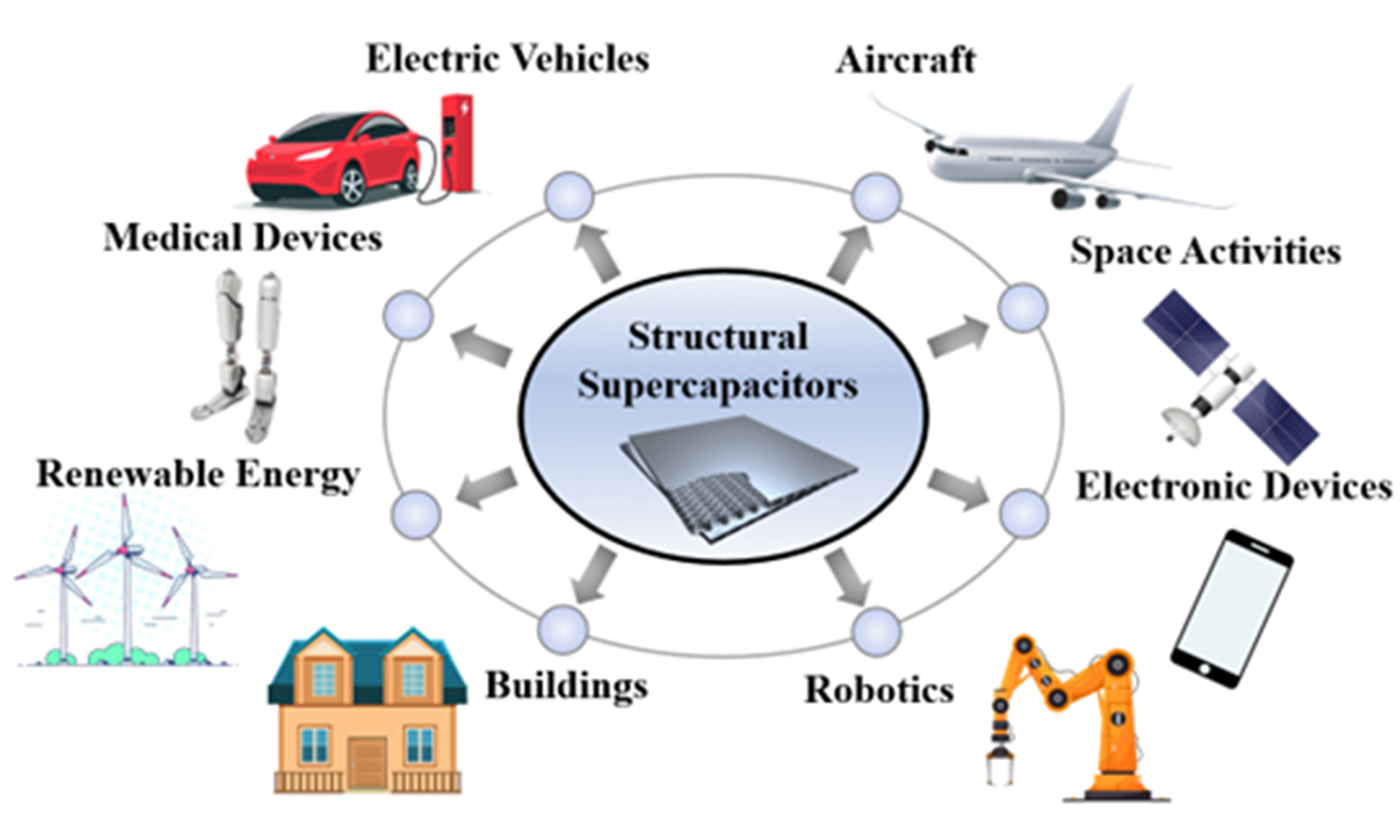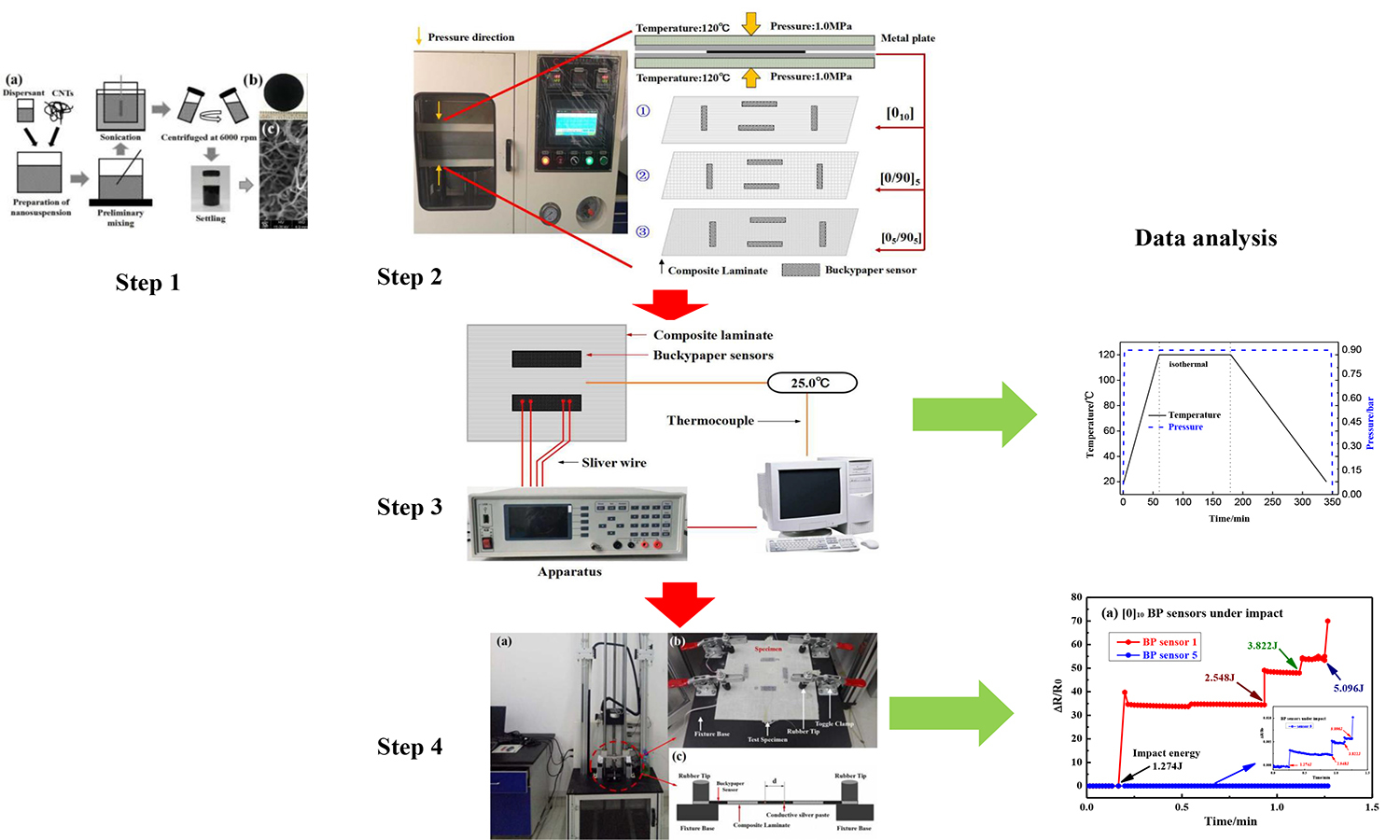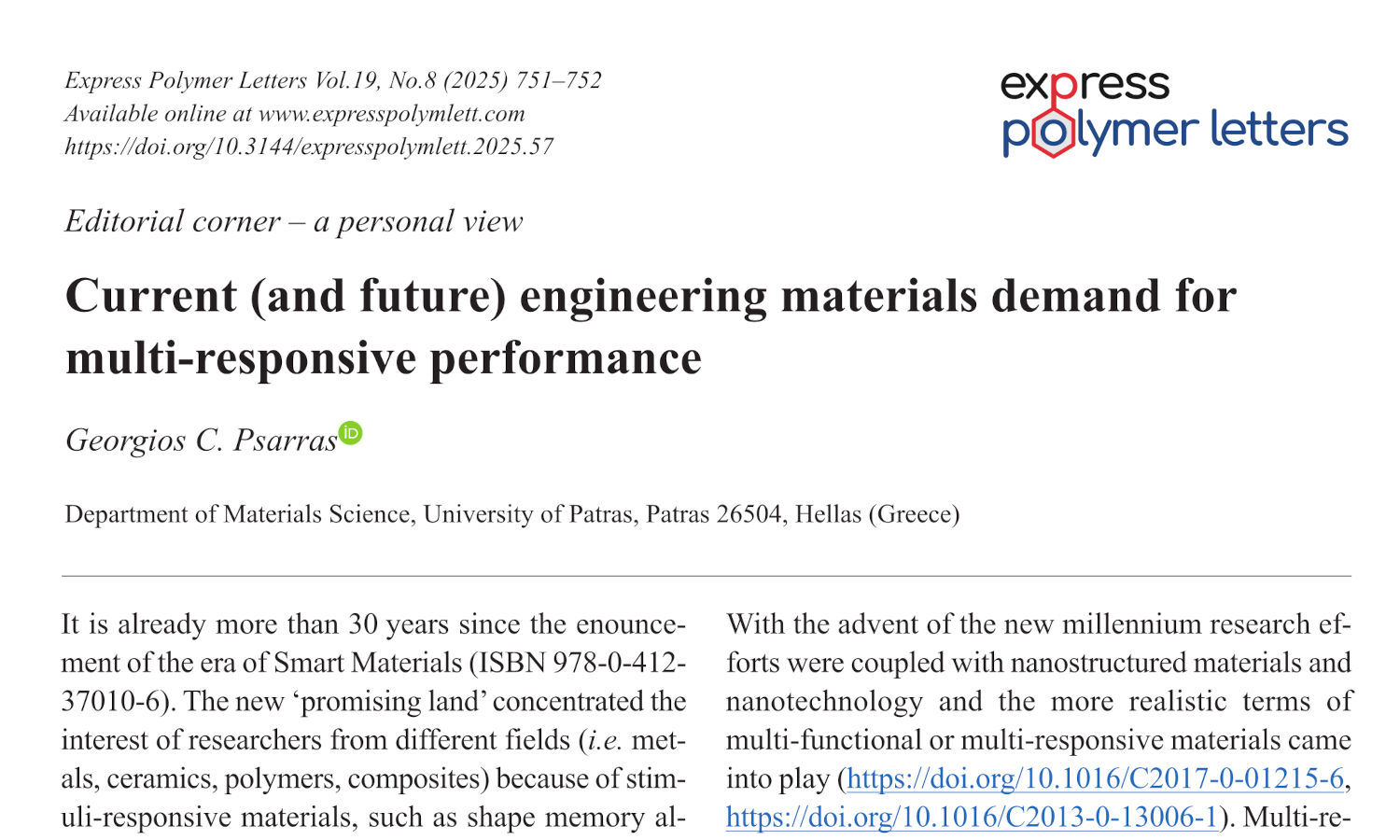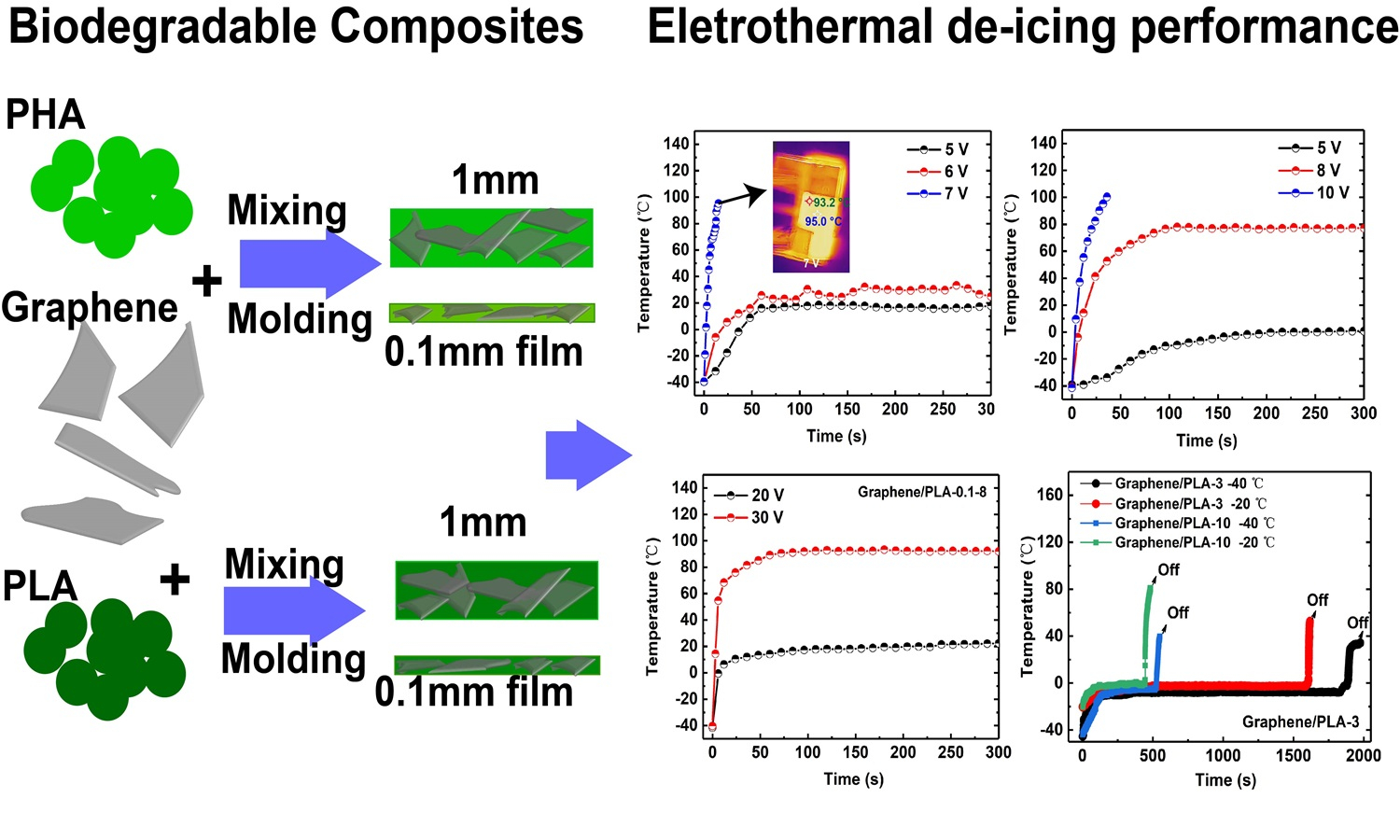Multifunctional energy storage polymer composites: The role of nanoparticles in the performance of structural supercapacitors
Vol. 18., No.10., Pages 1023-1038, 2024
DOI: 10.3144/expresspolymlett.2024.78
DOI: 10.3144/expresspolymlett.2024.78
GRAPHICAL ABSTRACT

ABSTRACT
The article gives an overview of energy storage composites, their materials, manufacturing processes, and applications. Carbon- and metal-based nanoparticles and their relevant properties are presented. We focus on multifunctional structural supercapacitors and their components. Thus, we describe the main structural electrolytes and elements of the structural electrodes. We show that the nanoparticles significantly influence the electrochemical properties of the electrode. For example, carbon-based nanoparticles can achieve low energy density but high power density, while the opposite is true for metal-based nanoparticles. We show that when carbon- and metal-based nanoparticles are used together, a positive synergy is created between them, promoting the development of favorable electrochemical properties in the electrodes. Furthermore, we present structural supercapacitors and possible ways to introduce nanoparticles into the system. Finally, we present a summary of the progress achieved so far and the advancements expected in the future, as well as potential areas where structural supercapacitors could be used.
RELATED ARTICLES
Kai Du, Qiang Ben, Xiaoqiang Wang
Vol. 19., No.8., Pages 796-808, 2025
DOI: 10.3144/expresspolymlett.2025.61
Vol. 19., No.8., Pages 796-808, 2025
DOI: 10.3144/expresspolymlett.2025.61

The main purpose of structural health monitoring (SHM) is to detect damage at its earliest possible stage to prevent severe deterioration and reduce subsequent repair costs. Carbon nanotubes (CNTs) buckypaper (BP) was embedded into different cross-ply glass fibre composites to monitor the curing process and impact damage as an in situ sensor in this research. BP sensor can capture the four stages of the curing process, the gel point of the resin and residual stresses of the composite structure can be achieved by analysing the change of the resistance curve. Numerical and experimental analyses were performed to predict the damage in composite structures subjected to low-velocity impact. BP sensors’ electrical resistance increases with repeated impact loading; composite structure elastic deformation and damage evolution can be identified from resistance change. Experiment results show that structure monitoring based on the BP sensors cannot only detect small, barely visible impact damage flaws and the damage evaluation of composite structures subjected to impact, but also provide a new method to monitor the curing process through the analysis of results. This work makes some constructive contributions to monitoring the manufacturing process of composites and long-term SHM to evaluate impact resistance and damage prediction of composite structures.
Georgios C. Psarras
Vol. 19., No.8., Pages 751-752, 2025
DOI: 10.3144/expresspolymlett.2025.57
Vol. 19., No.8., Pages 751-752, 2025
DOI: 10.3144/expresspolymlett.2025.57

This is an editorial article. It has no abstract.
Yijun Liao, Libo Wan, Ting Yin, Yunyi Li, Xiaoli Wu
Vol. 19., No.7., Pages 736-750, 2025
DOI: 10.3144/expresspolymlett.2025.56
Vol. 19., No.7., Pages 736-750, 2025
DOI: 10.3144/expresspolymlett.2025.56

The electrical and electrothermal de-icing performance of graphene/polyhydroxyalkanoates (PHA) and graphene/polylactic acid (PLA) composites with different thicknesses were systematically compared and investigated. Graphene/PHA with 1 mm thickness shows a slightly lower electrical resistivity than graphene/PLA. However, the results are contrary for 0.1 mm-thick samples, likely due to poorer interfacial adhesion between graphene and PHA. Besides, all 0.1 mm-thick samples show higher electrical resistivity than 1 mm-thick samples, likely attributed to the alignment of graphene. The current-voltage curves of graphene/PHA exhibit nonlinear behavior with fluctuations, whereas all graphene/PLA samples show linear behavior. This result enables the graphene/PLA to exhibit superior electrothermal stability than graphene/PHA. An excellent electrothermal performance is obtained for these composites. The temperature increases from –40.2 to 95 °C within 17 s under 7 V. While these composites cannot be self-heated and utilized above 95 °C, this is because the composites would undergo electrical breakdown when heated to temperatures above 95°C for 5~10 s. The composite can melt ice within 550 s at –40 °C and within 447 s at –20 °C. These findings suggest that graphene/PHA and graphene/PLA composites hold significant potential for de-icing applications.
Mathew Olurotimi Adeoti, Tamba Jamiru, Taoreed Adesola Adegbola, Ibrahim Suleiman, Mohammed Abdullahi, Basiru Philip Aramide
Vol. 19., No.2., Pages 208-229, 2025
DOI: 10.3144/expresspolymlett.2025.16
Vol. 19., No.2., Pages 208-229, 2025
DOI: 10.3144/expresspolymlett.2025.16

Polymer nanocomposites are drawing considerable interest in electrical energy storage research owing to their distinctive characteristics and promising roles in various devices, such as batteries, supercapacitors, and fuel cells. This review examines the selection criteria of polymer nanocomposites for electrical energy storage applications and the current advancements in developing and producing polymer nanocomposites specifically tailored for electrical energy storage applications. Key topics covered include the selection of polymer matrices, choice of nanofillers, fabrication techniques, characterization methods, and performance evaluation of the resulting nanocomposites. The impact of nanofiller dispersion, interface engineering, and morphology control on electrical storage properties is emphasized. Proper dispersion enhances uniformity and interfacial interactions, improving electrical, mechanical, and thermal properties. Interface engineering boosts polymer-nanofiller compatibility, while morphology control optimizes nanofiller structure and arrangement for better storage efficiency. Emerging trends, challenges, and future research directions are also discussed, providing insights for developing advanced polymer nanocomposites with improved electrical energy storage capabilities.
Ferenc Ronkay
Vol. 19., No.1., Pages 1-2, 2025
DOI: 10.3144/expresspolymlett.2025.1
Vol. 19., No.1., Pages 1-2, 2025
DOI: 10.3144/expresspolymlett.2025.1

This is an editorial article. It has no abstract.




